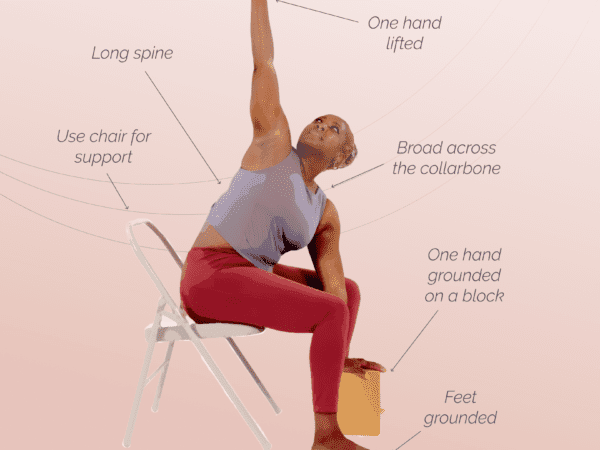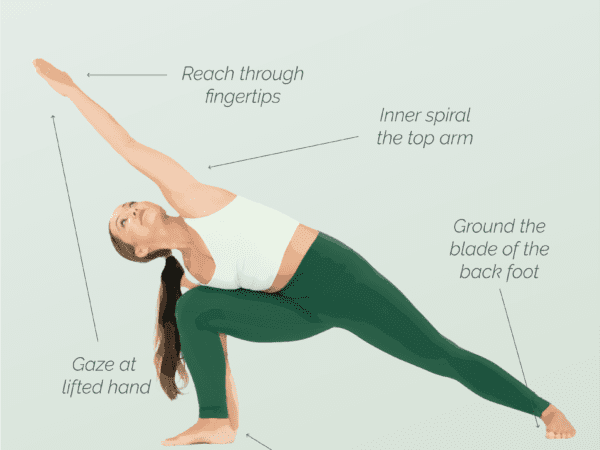Lift up is a dynamic and empowering yoga pose that not only challenges your physical strength but also uplifts your spirit. This invigorating posture is a beautiful fusion of strength, balance, and grace. In this blog post, we will explore the benefits, variations, and step-by-step instructions to help you master the art of lifting up in your yoga practice. Whether you are a seasoned yogi or a beginner, get ready to elevate your practice and experience the joy of defying gravity with lift up. Let’s dive in and discover the transformative power of this incredible yoga pose.
Benefits of lift up
Lift up offers a range of benefits for your body and mind. Here are some of the key benefits of practicing it:
Strengthens the arms and shoulders: Lift up primarily targets the muscles in your arms and shoulders, helping to build strength and stability in these areas.
Tones the core muscles: To lift your legs off the ground in lift up, you need to engage your core muscles, including the abdominal muscles. This helps to tone and strengthen your core.
Improves balance and coordination: Lift up requires balance and coordination as you lift your legs and maintain the pose. Regular practice can enhance your overall balance and coordination skills.
Remember to approach lift up with care and listen to your body. If you are new to this pose, it’s advisable to practice under the guidance of a qualified yoga teacher to ensure proper alignment and technique. Enjoy the journey of exploring the benefits of lift up.
Contraindications of Lift Up
While lift up can offer numerous benefits, it is important to be aware of any contraindications or precautions associated with the pose. Here are some contraindications to consider:
Wrist or shoulder injuries: If you have any existing wrist or shoulder injuries, it is advisable to avoid or modify lift up to prevent further strain or discomfort.
Pregnancy: Pregnant individuals should avoid lift up, especially as the pose involves compression of the abdominal area and can put pressure on the uterus.
High blood pressure: If you have high blood pressure or any cardiovascular conditions, it is recommended to avoid inversions like lift up, as they can increase blood pressure and strain on the heart.
Recent abdominal surgery: If you have undergone recent abdominal surgery, it is best to avoid lift up until you have fully healed and received clearance from your healthcare provider.
Carpal tunnel syndrome: Individuals with carpal tunnel syndrome or any other wrist-related conditions should approach lift up with caution or avoid it altogether to prevent exacerbating symptoms.
Always listen to your body and consult with a qualified yoga teacher or healthcare professional if you have any concerns or specific health conditions. They can provide personalized guidance and modifications to ensure your practice is safe and suitable for your individual needs. and the strength it can bring to your practice.
How to do Lift Up
To practice lift up, follow these step-by-step instructions:
Begin by sitting on your yoga mat.
Bend your knees, bringing them into your chest and crossing your legs at the shins.
Bring your hands on the mat just in front of your hips.
Engage your core muscles by drawing your navel towards your spine.
Shift your weight onto your hands and lift your hips off the mat.
Keep your gaze forward, finding a point of focus to help with balance.
Engage your core and keep your knees close into your chest.
Hold the pose for a few breaths, maintaining a steady and controlled breath.
To release the pose, gently lower your legs back down to the mat and come back to a seated position.
Remember to approach lift up with caution and listen to your body. If you are new to this pose, you may want to practice it under the guidance of a qualified yoga teacher to ensure proper alignment and technique. As with any yoga pose, it’s important to honor your body’s limitations and modify or skip the pose if it causes any pain or discomfort. Enjoy the process of exploring lift up and the strength it can bring to your practice.
Watch this video with Kino for more detail about the pose.
Additional tips
If you find lifting up challenging, here are some tips to make it easier and more accessible:
Use blocks or props: Place blocks or folded blankets under your hands to elevate the height and provide additional support. This can help reduce the strain on your wrists and make it easier to lift your hips off the ground.
Keep your feet on the ground: You can keep your feet on the ground until you have the strength to lift up completely off the ground.
Engage your core: Focus on engaging your core muscles by drawing your navel towards your spine. This will help stabilize your body and make it easier to lift your hips off the ground.
Build strength with preparatory exercises: Strengthening your arms, shoulders, and core through exercises like plank pose, chaturanga, and boat pose can help you develop the necessary strength and stability for lift up.
Remember to be patient with yourself and practice regularly. With time, consistency, and proper alignment, you will gradually build the strength and confidence to progress in lift up. Always listen to your body and modify or skip the pose if you experience any pain or discomfort.
Join Omstars to get instant access to yoga classes, guided meditation, and more. Download our app to have all of that on your phone whenever you need it. Get started today.










